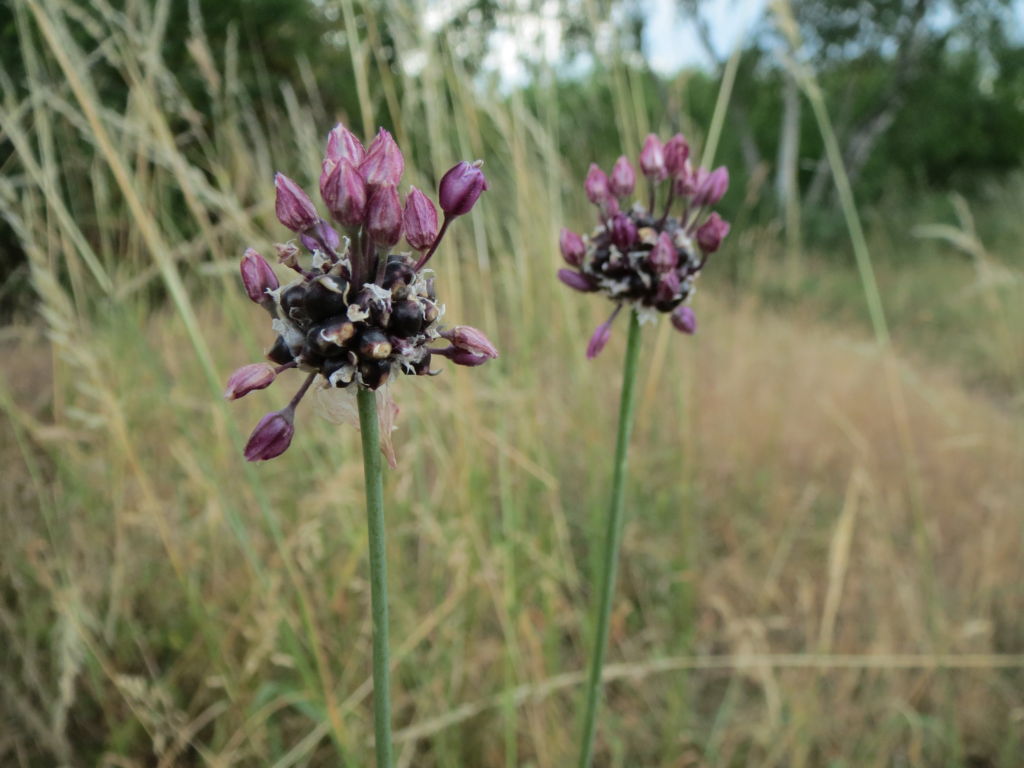The Allium they are herbaceous, perennial and wild plants. They have underground bulbs, from which the vegetation and flowering starts again every year after the seasonal dormancy phase.
Garlic is one of the oldest herbs used by man for food and therapeutic purposes. Already known to the Babylonians around 3000 BC, remains of garlic were found in the tomb of Tutankhamun (around 1350 BC), as well as being widely used by the ancient Greeks and Romans. Many superstitions were also associated with this herb: for example, it was believed that it could keep vampires away, flush out moles from the ground and keep opponents away in running races.
Between beliefs of past centuries and customs of the past, the garlic present in its wild state was widely used in the kitchen for its aromatic component, distinguishing itself for its less intense flavor and taste compared to traditional garlic. This is the case of Allium ursinum and Allium schoenoprasum of which in addition to bulbs or bulbils, leaves and flowers can be used. Always present spontaneously throughout Italy, Allium vineale it grows undisturbed in the woods and ruderal areas and is characterized by the slender scape. The garlicky flavor is delicate and its bulbs can be used fresh or harvested like garlic, the leaves then flavor salads, soups, vegetables. From Liguria to the regions of central and southern Italy we recall Allium triquetrum, a typical species of humid and shady places, with an intense smell of onion. Bulbs and foliage are used in the kitchen as a flavoring in salads, legume soups and as an accompaniment to cheeses.
To date, garlic and its variations are no longer just useful, but can represent a new form of elegance in the garden. Sturdy and scenographic stems, adaptability, few needs, rusticity, blooms for all tastes are just some of the aspects that this genus can give to your greenery.











